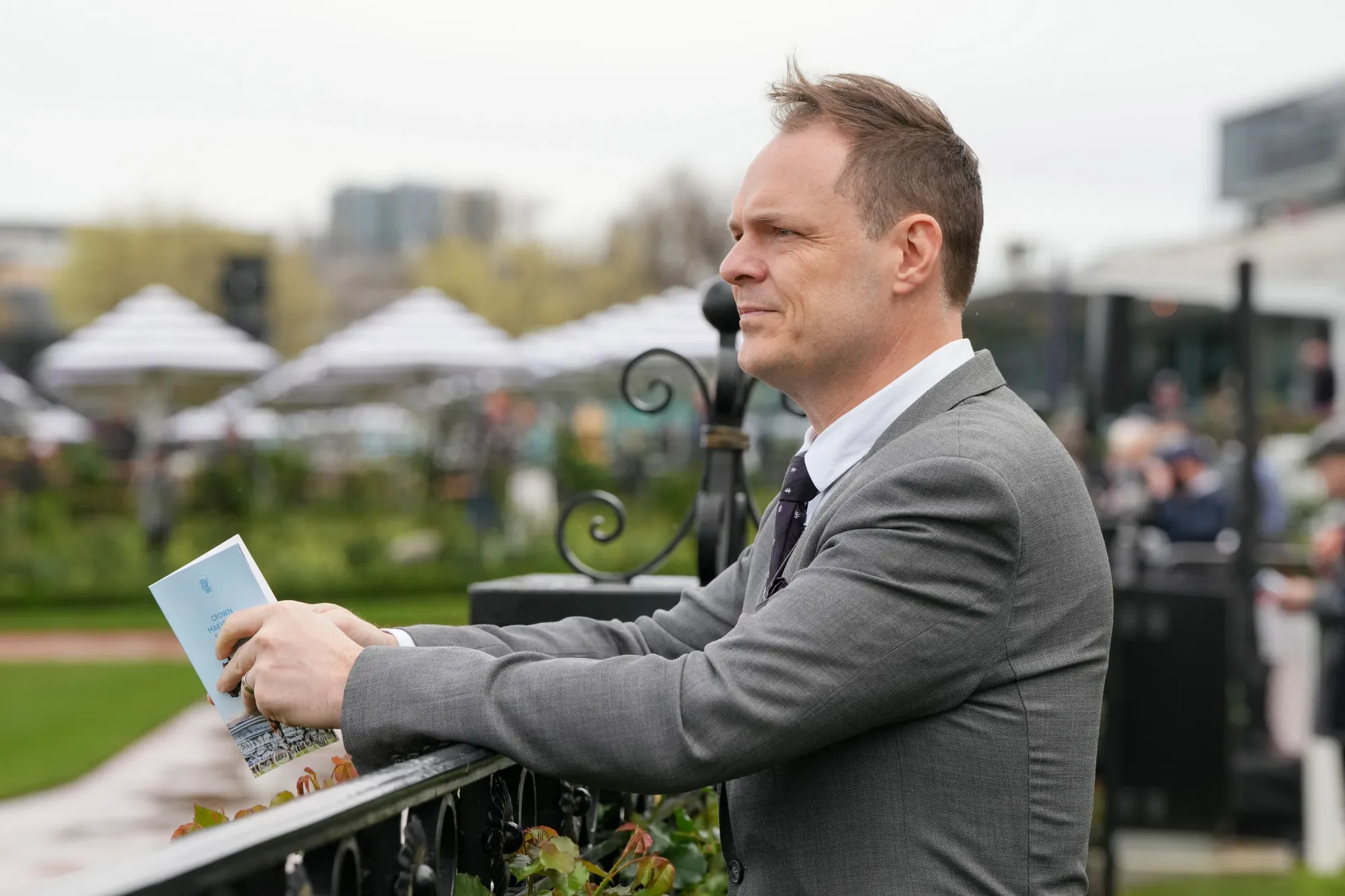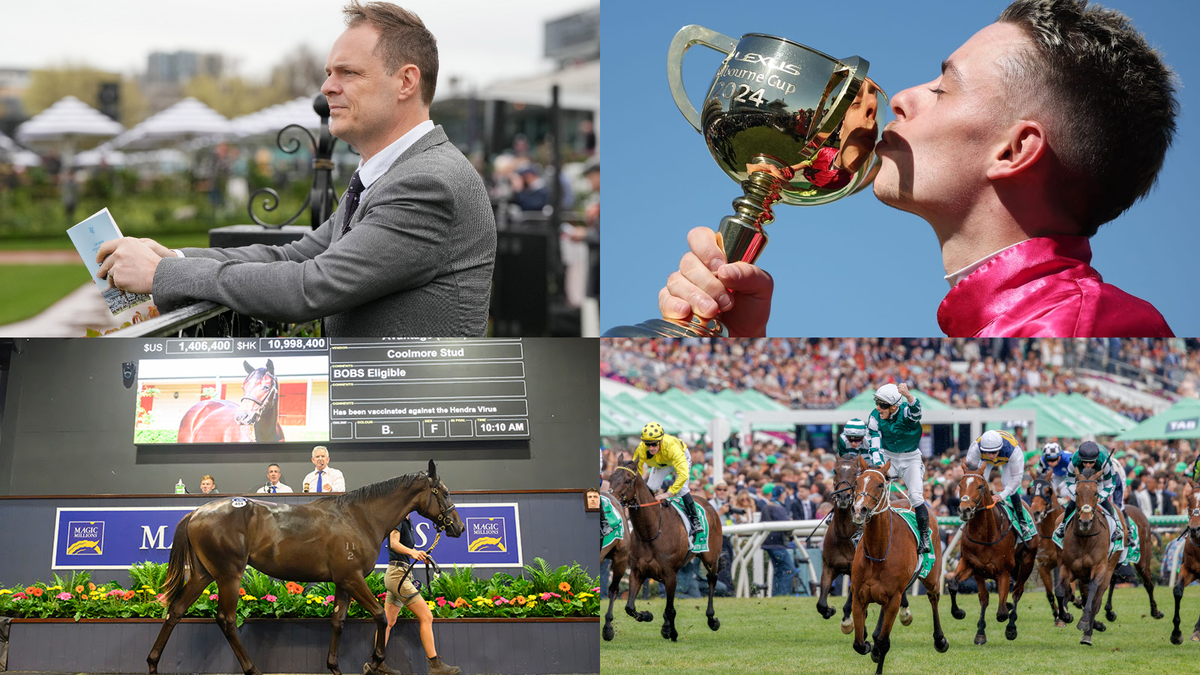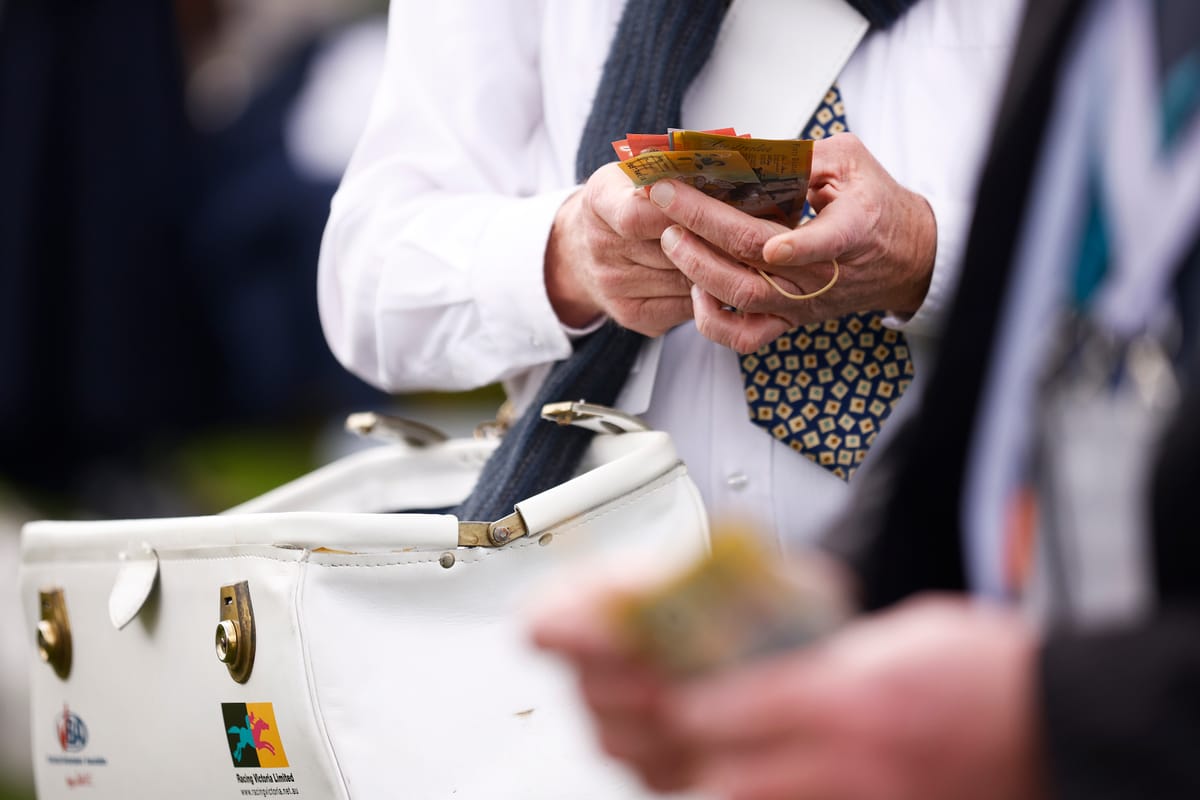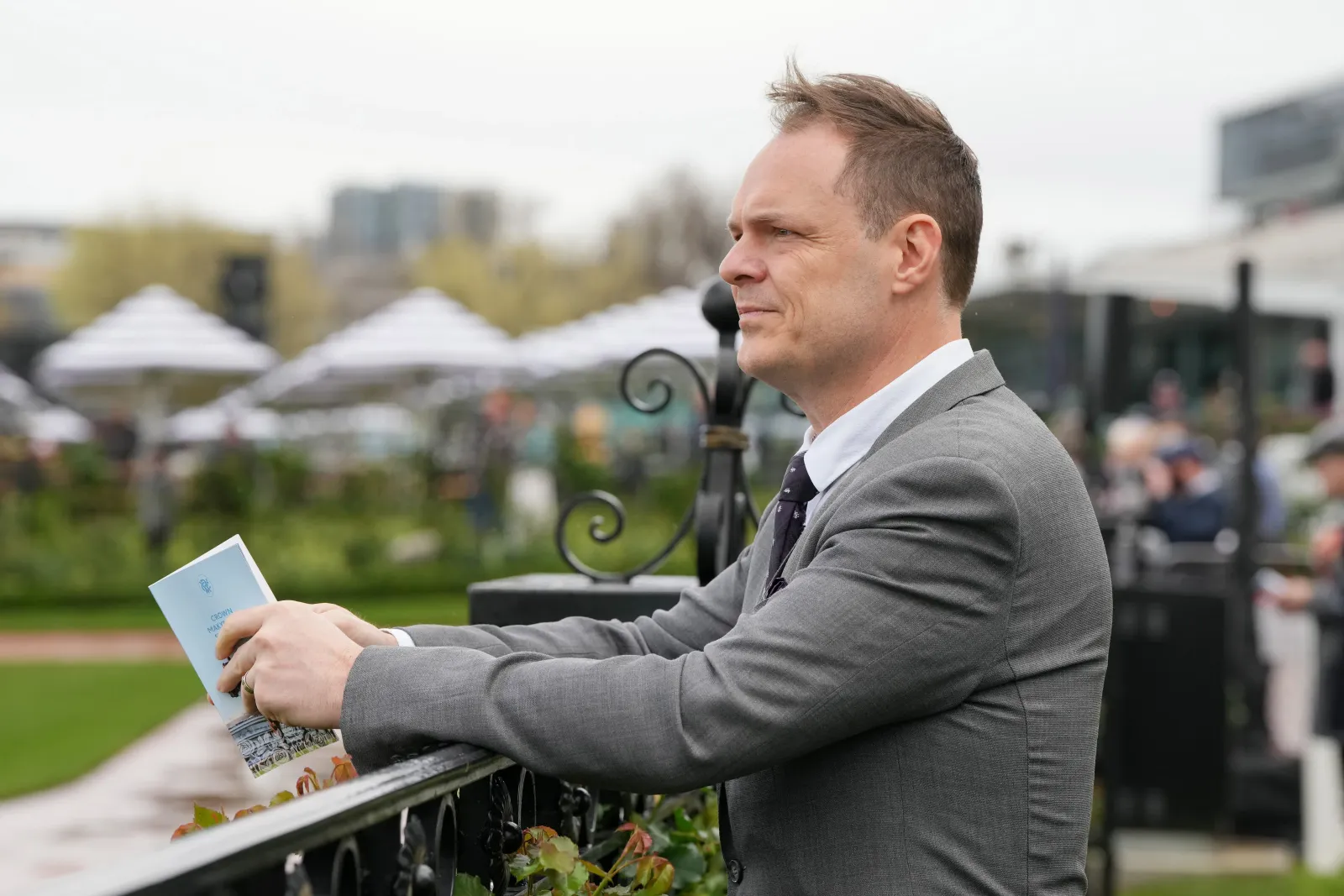Racing Victoria has recorded a $11.8 million loss in the 2023/24 financial year, its first deficit in 12 years, as it negotiated a 10 per cent fall in turnover and the end of its 30-year-old joint venture with Tabcorp.

While a landmark deal was struck to secure the future funding of the industry during the 2023/24 financial year, a drop off in wagering and the tailing off of the benefits of the previous joint venture made for a tough balance sheet for the Victorian regulator.
RV cut its operating expenditure by $12 million, and kept prize money levels largely flat, but the end result was its first deficit since 2013.
“After 11 consecutive surpluses, we budgeted for a deficit in FY24 given changing dynamics around the industry funding framework and Australia’s wagering market, and the net underlying result has been better than forecast,” RV CEO Aaron Morrison, who assumed the job on an interim basis in April and permanently in August, said.
“In summary, the RV Executive and Board took the decision to prioritise the maintenance of returns to participants and other industry and stakeholder funding in the face of declining revenues and changes to our industry funding model.”
The final year of the Tabcorp joint venture delivered $119 million in revenue, down $9 million on FY23, while race fields fees rose by $19 million to $364 million.
It meant that Racing Victoria’s revenue from wagering actually rose by $5 million, but the end of state government funding programs due to the new industry funding agreement saw funds from government fall by $21 million. That included a $2.4 million drop in Point Of Consumption-based funding.
That is expected to be temporary as the new agreement sees a joint venture revenue replaced by an increase in Point Of Consumption funding through both an increased tax rate (10 to 15 per cent) and pass through (now 50-50).
However, those changes have occurred amid broader challenges in the wagering environment, with reports turnover was down at least 10 per cent on an already suppressed market last year through the spring carnival.
That is off the back of a reduction of overall turnover to $7.9 billion from its post-pandemic peak of $9.2 billion.
Morrison said several measures had been taken in response to the revenue downturn.
“There was a significant realignment of race programming and prizemoney, and we executed on various planned spending cuts across the entire group to help manage the expected deficit,” he said.

“Through sound management over an extended period our net asset position is $185.4 million which means that the business is well placed to absorb this planned deficit in the short-term, whilst continuing to prioritise returns to the industry through prizemoney and bonuses and ongoing investments in key areas like welfare and infrastructure.”
Prize money fell marginally by $1.4 million, while club funding, infrastructure, wagering services, media services and operation expenditure were also reduced.

“After a material reduction in our operating costs through FY24, we remain focused on further optimising business costs, capitalising on potential efficiencies, and ensuring that we maximise returns on industry funds across the entire group,” Morrison said.
“The reported result includes one-off industry support costs relating to the Southside Racing merger, and other non-recurring costs. Excluding these costs, the underlying net deficit was only $3.0 million, which is $9.1 million better than our initial budgeted deficit of $12.1 million.”
Further operational savings are on the agenda, including additional scrutiny on the media business.
“There was a significant realignment of race programming and prize money, and we executed on various planned spending cuts across the entire group to help manage the expected deficit” - Racing Victoria boss Aaron Morrison
Forecasts for the current year are complicated by a new wagering system, the rise of POCT, and the possibility of advertising regulation from the federal government, although that is unlikely to take effect until later in 2025.
Morrison, who has put together a new-look executive team, said there were plenty of green shoots to focus on.
“We are nearing the conclusion of a highly successful spring racing carnival where crowds have been on the rise. Now is more important than ever to use our industry assets and media business to continue to elevate the promotion of Victorian racing to a wider and more mainstream audience,” he said.
“This spring racing carnival has shown that racing has a major role to play as a social and economic contributor in Victoria and with that comes the opportunity to continue to grow the sport and return to a more favourable financial position in the near future.”








